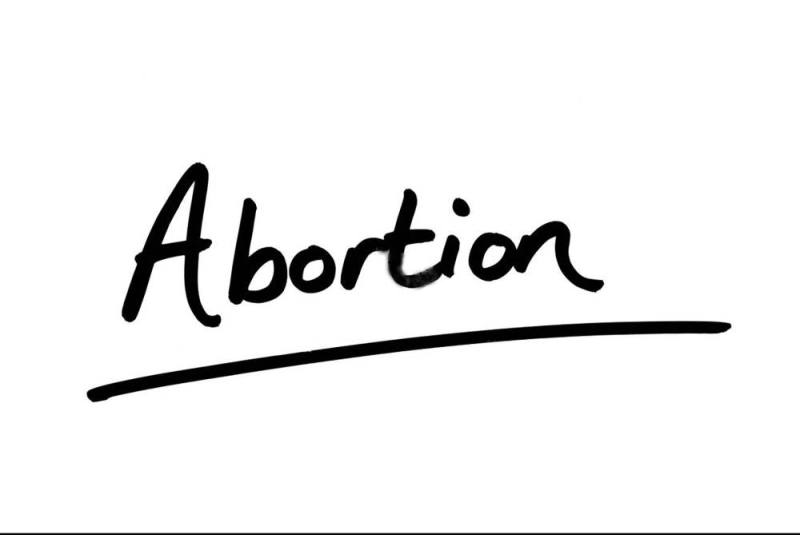The World Health Organization (WHO) has asked countries to make medical abortions safer for women by allowing easier access to pills. In new guidelines issued recently, the WHO also suggested that telemedicine be used to conduct needed medical abortions. This is the first time that the international health agency is recommending the use of telemedicine for abortions. If the procedure involves using medication rather than a surgery, the agency said, it would not be necessary for a patient to travel to a faraway facility. The new guidelines will support access to comprehensive and quality abortion care in national health systems. The guidelines will help prevent over 25 million unsafe abortions that occur each year around the world, said Dr Bela Ganatra, head of the WHO’s work on preventing unsafe abortions. “We want countries to improve the quality of abortion care by ensuring that women and girls have access to medical abortion pills, which mean more women can obtain safe abortion services and also ensure that accurate information on care is available to all those who need it,” Dr Ganatra said The consolidated guidelines bring together over 50 recommendations spanning clinical practice, health services and legal and policy interventions to support quality abortion care. “When carried out using a method recommended by WHO, abortion is a safe procedure,” she said. Data from WHO reveals that only half of abortions take place under such conditions, with unsafe abortions causing around 39,000 deaths globally. Most of these deaths are in lower-income countries, with over 60 per cent in Africa and 30 per cent in Asia, and among those living in the most vulnerable situations. Alongside the clinical and service recommendations, the guidelines urge removing medically unnecessary policy barriers to safe abortions such as criminalisation, mandatory waiting times, requirement that approval must be given by other people such as partners, family members or institutions, and limits on when during pregnancy an abortion can take place. “Such barriers can lead to critical delays in accessing treatment and put women and girls at greater risk of unsafe abortion, stigmatisation and health complications while increasing disruptions to their education and ability to work,” Dr Ganatra said. “Restricting access to abortions does not reduce the number of abortions that take place. In fact, restrictions are more likely to drive women and girls towards unsafe procedures.” In countries where abortion is most restricted, only one in four procedures is safe, compared to nearly nine in every 10 in countries where the procedure is broadly legal. According to a USAID Botswana Maternal Mortality Reduction Initiative Technical report, an average of 403 abortions per month are reported in maternity clinics in Botswana. Even so, the incidence of abortion is underreported since the MMRI only captures data of complicated abortions that needed medical attention, leaving out abortions that occur in the community or those that do not require emergency management. In general, abortion services are available in health facilities in Botswana, with the Constitution allowing it if “in the opinion of a trained health professional, there is need for emergency treatment if the life of the mother is in danger”.
WHO urges safer abortion services for women in need
Thursday, April 14, 2022






